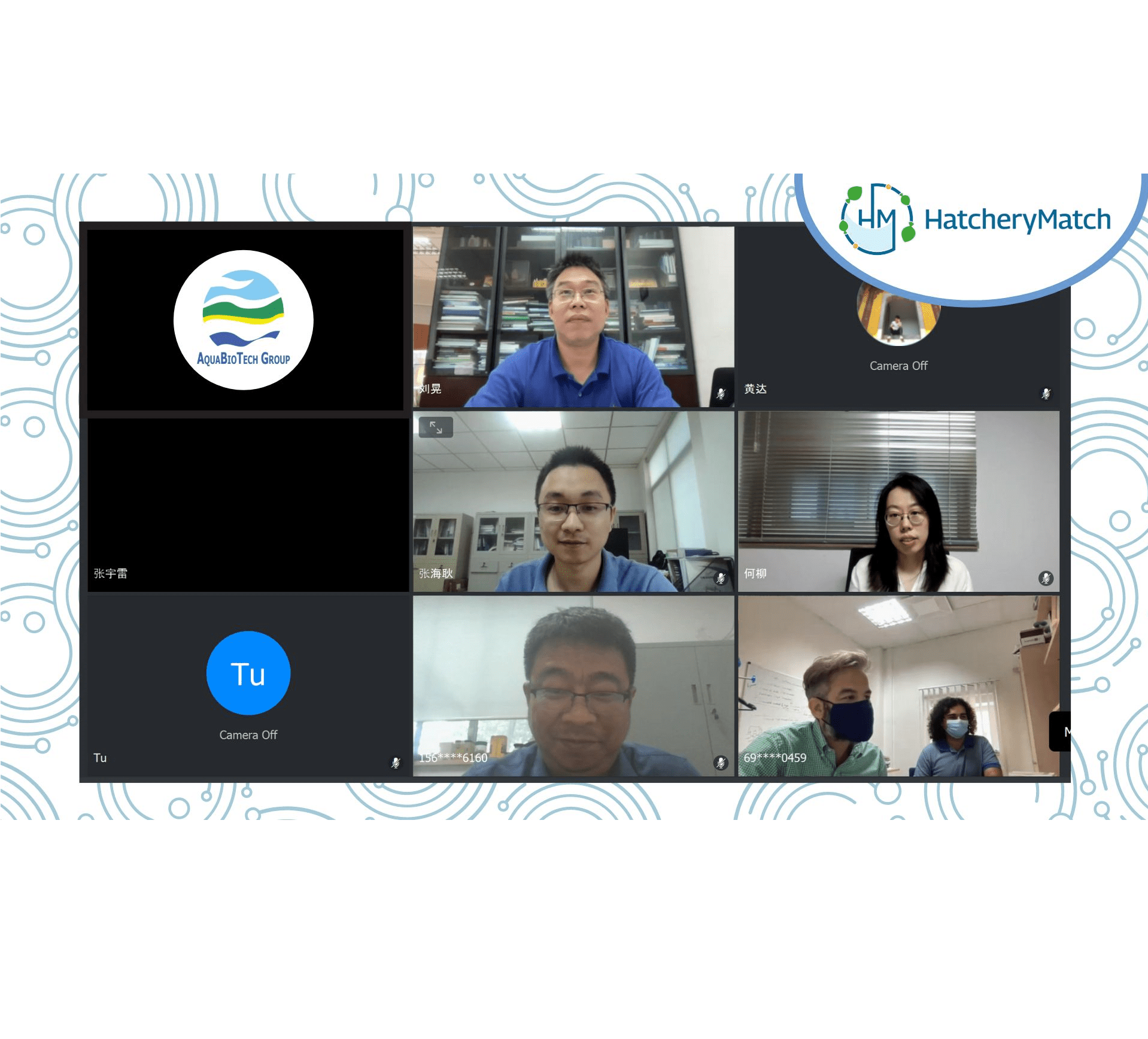Introduction to Ultrasound at the University of Malta
When growing fish, what frequency is best for disinfection? At the hatchery phase, high stocking densities have the potential to facilitate growth of microbial pathogens that present a risk to the welfare of cultivated larval and juvenile fish. An important ongoing question in the field of aquaculture is how can the presence of these pathogens be reduced while maintaining the stocking densities required by hatchery processes? Ultrasound has been used for decontamination of terrestrial agriculture products and may present an alternative solution to this issue in RAS. Ultrasound devices can eliminate pathogens by sending out low or high frequency wavelengths that trap pathogens in gas bubbles which are then eliminated during cavitation and sonolysis processes. Dr. Vasilis Valdramidis and Dr. Jefferson de O. Mallia of HatcheryMatch project partner University of Malta – Department of Food Sciences and Nutrition are currently attempting to apply this land-based technology to RAS as part of the development of a marine recirculating hatchery system!
Follow our LinkedIn page to get more HatcheryMatch updates



